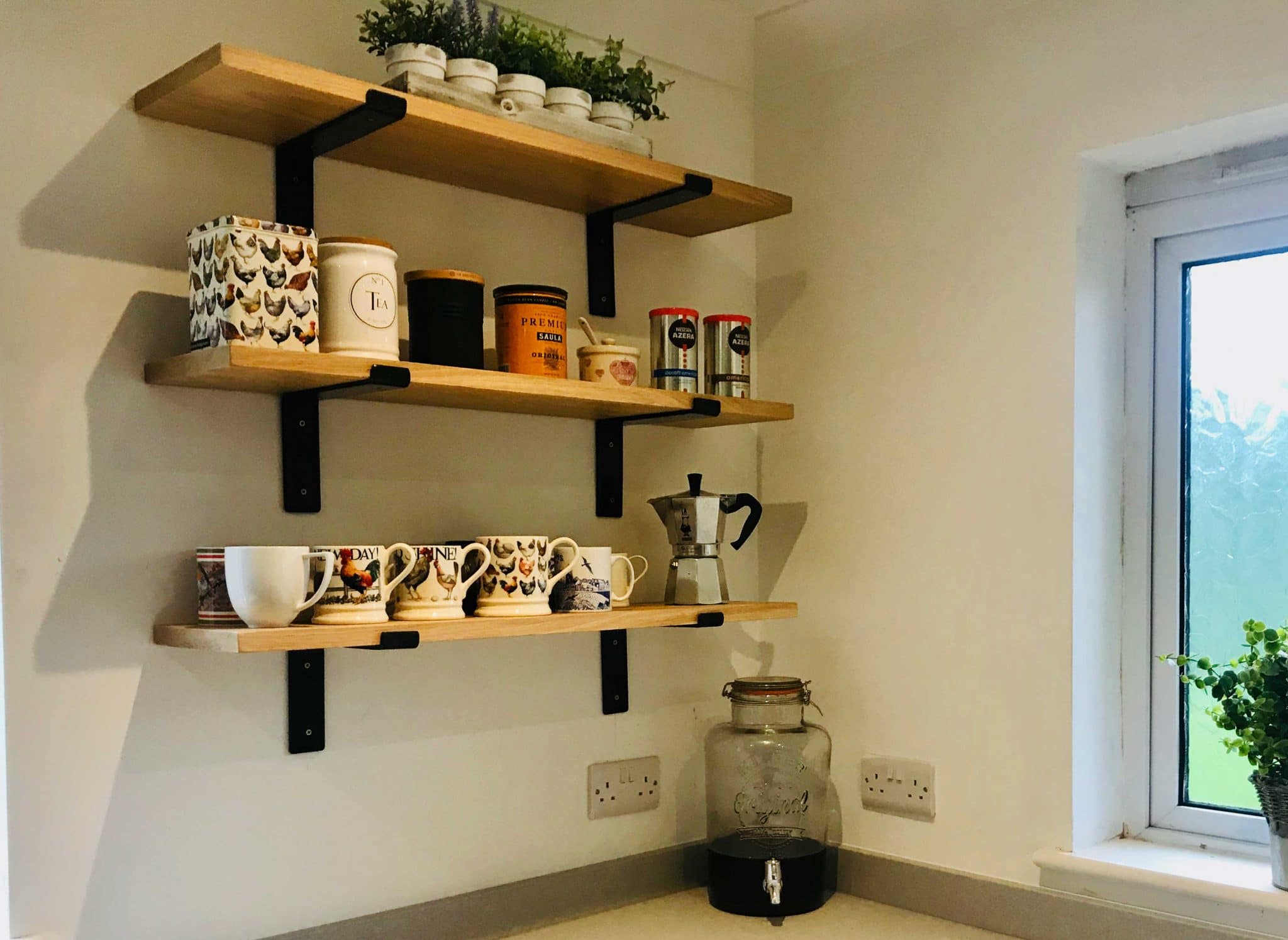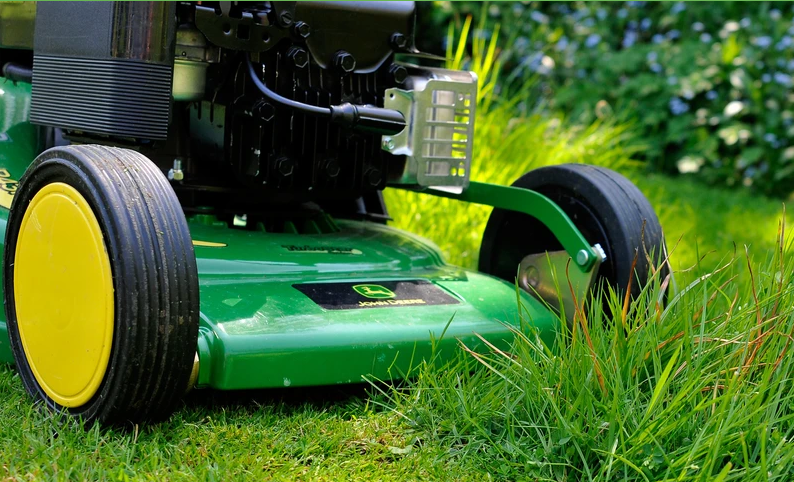When it comes to landscaping and property management, retaining walls play a crucial role. They not only serve the functional purpose of holding back soil and preventing erosion but also enhance the aesthetic appeal of your outdoor space. Choosing the right type of retaining wall for your property is essential for both practicality and visual harmony. In this article, we’ll explore various types of retaining walls, their benefits, and key factors to consider in your decision-making process. Let’s discuss how to make the best choice for your needs!
1. Understanding the Purpose of a Retaining Wall
Before diving into the types of retaining walls, it’s important to understand their purpose. A retaining wall is designed to hold back soil, manage drainage, and prevent erosion in sloped areas. Whether you’re looking to create flat surfaces for gardens, patios, or pathways, or simply to control water runoff, a well-designed retaining wall is key to maintaining the integrity of your landscape.
2. Types of Retaining Walls
A. Gravity Walls
Gravity walls are the simplest type of retaining wall, relying on their weight to hold back the soil. Typically made from heavy materials like concrete, stone, or brick, these walls can be very effective for low to medium heights.
Pros:
- Simple design and construction
- Cost-effective for short walls
- Durable and stable
Cons:
- Limited height (usually up to 4 feet)
- Requires a solid foundation
Ideal for: Smaller landscaping projects where aesthetics are not the primary concern.
B. Cantilever Walls
Cantilever walls are engineered to provide more height and support. They consist of a vertical wall with a base that extends back into the soil, leveraging the weight of the soil on the base to provide stability.
Pros:
- Can support taller structures (up to 20 feet)
- More material-efficient than gravity walls
- Good for moderate to high loads
Cons:
- More complex design and construction
- Requires skilled labor to install properly
Ideal for: Projects requiring higher walls in areas with significant soil pressure.
C. Sheet Pile Walls
Sheet pile walls are made from long, vertical sheets of strong material, usually steel, vinyl, or wood, driven into the ground. These walls are great for tight spaces and are often used in waterfront properties.
Pros:
- Minimal footprint, ideal for small spaces
- Can be constructed quickly
- Suitable for soft or loose soils
Cons:
- May require additional drainage systems
- Not as aesthetically pleasing as other types
Ideal for: Properties near water bodies or where space is limited.
D. Anchored Walls
Anchored walls use cables or rods anchored into the ground to provide additional support, allowing for greater heights and stability. These walls are often used in heavy soil pressure scenarios.
Pros:
- Can support very tall walls (up to 50 feet)
- Excellent for high-load areas
- Versatile in terms of materials used
Cons:
- More expensive due to additional materials and installation
- Complex design and construction
Ideal for: Areas with extreme elevation changes or where space is at a premium.
E. Segmental Retaining Walls (SRW)
Segmental retaining walls consist of interlocking concrete blocks, allowing for flexibility in design and height. These walls can create attractive landscaping features while providing solid support.
Pros:
- Variety of colors and textures available
- Easy to install and modify
- Good for drainage
Cons:
- Not as strong as cantilever or anchored walls
- Requires proper installation to avoid shifting
Ideal for: Decorative applications, terracing, and moderate height requirements.
3. Factors to Consider When Choosing a Retaining Wall
When selecting the right retaining wall for your property, consider the following factors:
A. Soil Type and Drainage
Different soil types exert different pressures on retaining walls. Clay, for instance, retains more water than sandy soil, which can increase pressure and risk of failure. Proper drainage systems, such as weep holes or drainage pipes, should be incorporated into the design to prevent water buildup behind the wall.
Questions to ask:
- What is the soil type on my property?
- Do I need additional drainage solutions?
B. Height and Load
Consider how high the wall needs to be and the type of load it will bear. For taller walls or those supporting heavy loads, a cantilever or anchored wall may be necessary.
Questions to ask:
- How high does my retaining wall need to be?
- Will there be any significant pressure from soil or water behind the wall?
C. Aesthetic Preferences
The appearance of the retaining wall is important, especially if it will be a prominent feature of your landscape. Different materials, colors, and styles can complement your home’s architecture and outdoor design.
Questions to ask:
- What materials will best match my home’s style?
- How important is the visual appeal of the wall?
D. Local Regulations
Before starting any construction, check with local zoning laws and building codes. Some areas have specific regulations regarding wall height, materials, and installation practices.
Questions to ask:
- Are there any local regulations or permits required?
- What are the building codes I need to adhere to?
4. The Importance of Professional Installation
While some homeowners may consider a DIY approach to building a retaining wall, hiring a professional can save time, ensure quality, and provide peace of mind. For expert guidance and quality service in retaining wall installation in Seattle WA, look no further than Rainier Rockeries. Their skilled team ensures durable and aesthetically pleasing solutions tailored to your property needs. Professionals understand the complexities of soil types, drainage, and wall construction, which can prevent future issues.
Final Thoughts: Making the Right Choice
Choosing the right type of retaining wall for your property involves a careful assessment of your needs, preferences, and environmental factors. Whether you opt for a gravity wall, a cantilever structure, or a more decorative segmental wall, ensuring it meets both functional and aesthetic requirements is crucial.
Are you ready to enhance your landscape with a retaining wall? What features are most important to you in a retaining wall project? Let’s discuss how the right choice can transform your outdoor space and prevent potential issues down the line!









